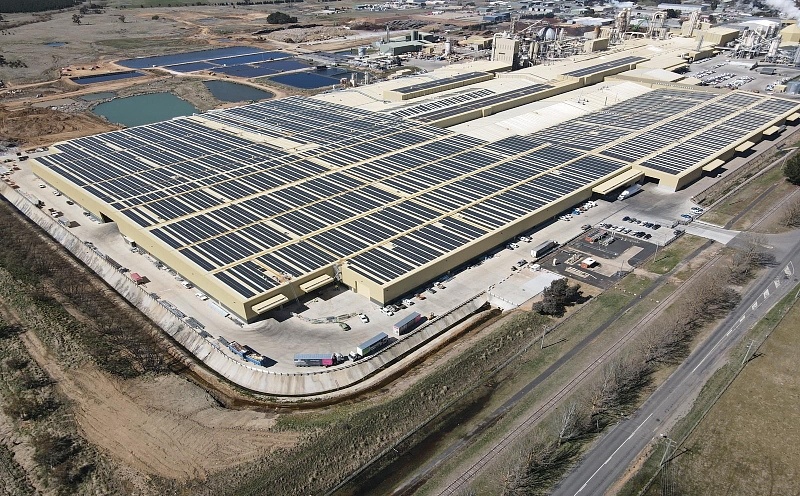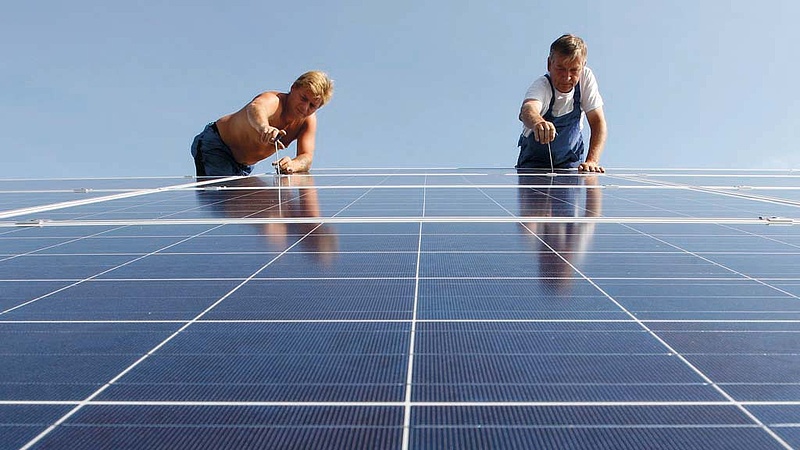Australia’s largest roof-mounted solar system – without knowing how long the record will last – will be connected to the grid this week through a massive plant with 27,000 solar panels installed on an area of about eight hectares.
The 10 megawatt infrastructure that APP is installing in Oberon, NSW, demonstrates the know-how and precision of renewable energy engineering in Newcastle, primarily known for its coal port – books Australian PV Journal. the EPC Design, procurement and construction work has also been confirmed by the system’s network provider, Earthconnect.
The system, which has been placed on top of the Oberon shingle plant about 180 kilometers from Sydney, is in the final stages of construction, with the last quality control being carried out on a giant system of its kind. During installation, in addition to the 2-megawatt green power plant pre-installed on site (which alone means 6000 panels), 21,000 of the 385-watt modules were delivered to the roof and mounted on a 45-kilometre long suspension rail.
APP factory building in Oberon before installation…. (Source: APP)
Of the 7.8 hectares of newly solar-covered rooftop area, the company expects 14 gigawatt-hours of clean energy annually, which is also estimated to reduce the country’s carbon dioxide emissions by about 15,000 tons annually.

…and this is what it will look like after installation (Source: PV Magazine)
The Oberon system is not the first major ceiling-mounted investment in APP; If you like: History (1.3 MW at the top of the Charmhaven plant and 2.1 MW at the Somersby plant) was a bit of a test of the current investment. Plus, the company won’t stop: In the first half of 2022, an additional 2.5 megawatts of roof-mounted solar generation capacity is expected to expand — and plans to expand.
APP investments essentially reduce its electricity consumption, and the majority of the electricity generated by the plant itself is used.
Meanwhile in Hungary
While the Australian ‘register’ itself may seem impressive in terms of scale, it is not a unique investment. It’s not so much that the investment on the roofs of the Audi plant and warehouse in Gyor has grown to become the largest “sample” in Europe, growing beyond the size of Oberon.
At Audi, however, the two roofs add to a project that originally started at 9.5 MW but expanded to 12 MW last fall. However, the 36,000 solar panels installed in the two terminal buildings will generate much less electricity (9.5 GWh annually) than expected in the Australian project, based on local climatic and solar conditions. In doing so, it will be able to clear the atmosphere by about 5,000 tons.
Of course, the Audi project was also connected to the network, but the company sells its production on the network for technical and technological reasons.












































